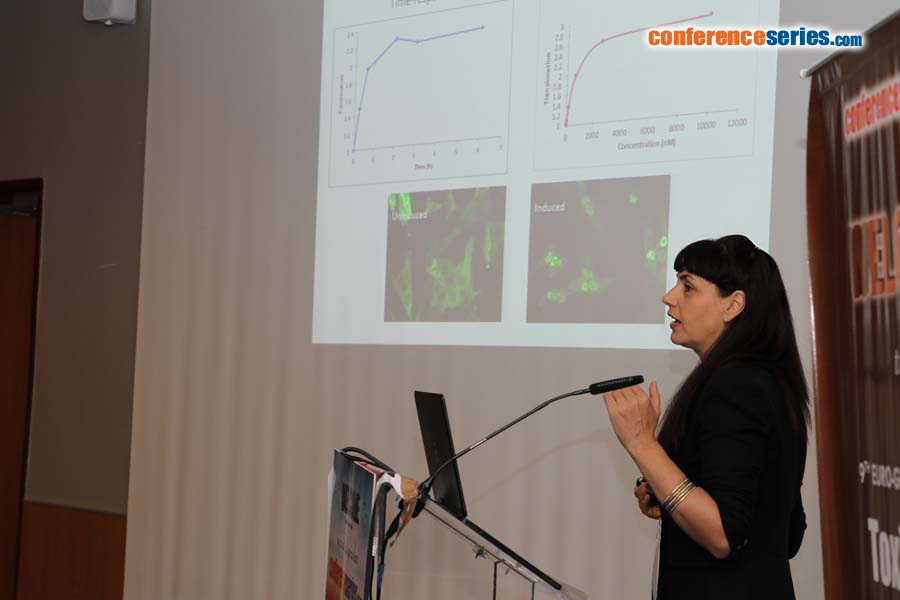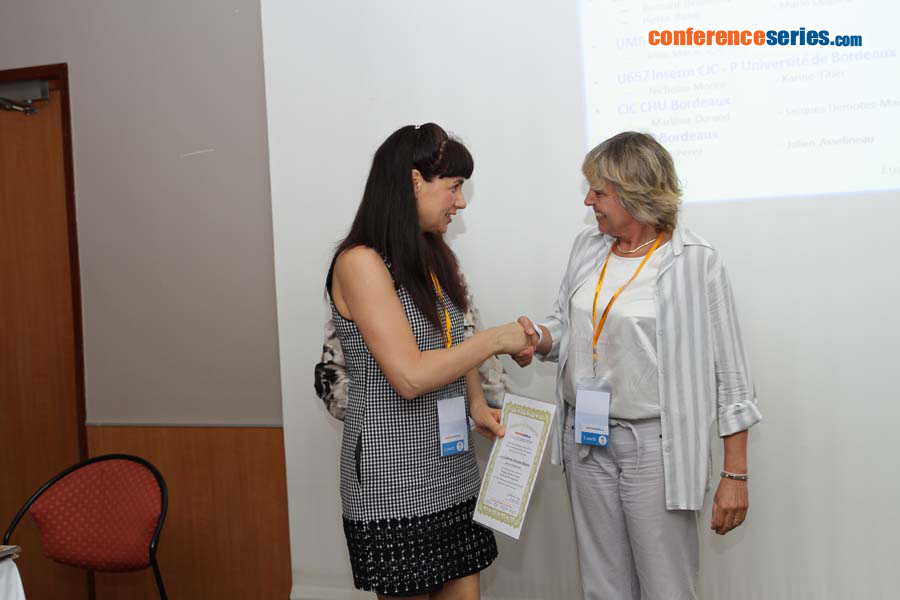
Diana A Stavreva
National Institutes of Health, USA
Title: Fluorescence-based cell assay for high-throughput detection of endocrine-disrupting chemicals (EDCs) in water sources: Principle and applications
Biography
Biography: Diana A Stavreva
Abstract
Endocrine-disrupting chemicals (EDCs) interfere with normal function of the endocrine system and have been associated with metabolic disorders, immune dysfunction, developmental defects, and cancer. Thus, presence of EDCs in the environment and water sources in particular, is a major health concern. Standard detection of EDCs in the environment relies on a laborious analysis of chemical structures using HPLC, MS/GS and related technologies. These methods are costly, time consuming and frequently fail to identify a specific chemical structure as many chemicals are subjected to bio-modifications in the environment. These derivatives cannot be easily identified and are not present in the currently existing libraries. Consequently, their levels are not efficiently monitored or regulated. In addition, it is unclear whether the EDCs detected by chemical methods elicit biological responses in mammalian systems. To overcome these obstacles, we developed a high-throughput assay for biological testing of EDCs using mammalian cell lines that express GFP-tagged nuclear steroid receptor constructs. This assay is based on translocation of fluorescently labeled nuclear receptor construct from the cytoplasm to the nucleus in the presence of EDCs acting on this particular receptor. Using this assay, we detected androgen activity in 35% of the tested water samples, and a previously unrecognized glucocorticoid (GC) activity in 27% of the samples. We also developed a novel call line expressing a GFP-tagged glucocorticoid receptor-thyroid receptor (GFP-GR-TRβ) chimeric construct which could detect known EDCs such as BPA and TBBPA as well as TRβ-interacting contaminants in water samples. We conclude that the wide-spread contamination of water sources with different classes of EDCs is a possible health hazard not only for the aquatic ecosystems, but may also negatively impact the human population. Largely unrestricted human activity with respect to pharmaceuticals and other potential endocrine disruptors is of concern and represents one of the main reasons for these wide-spread contaminations





